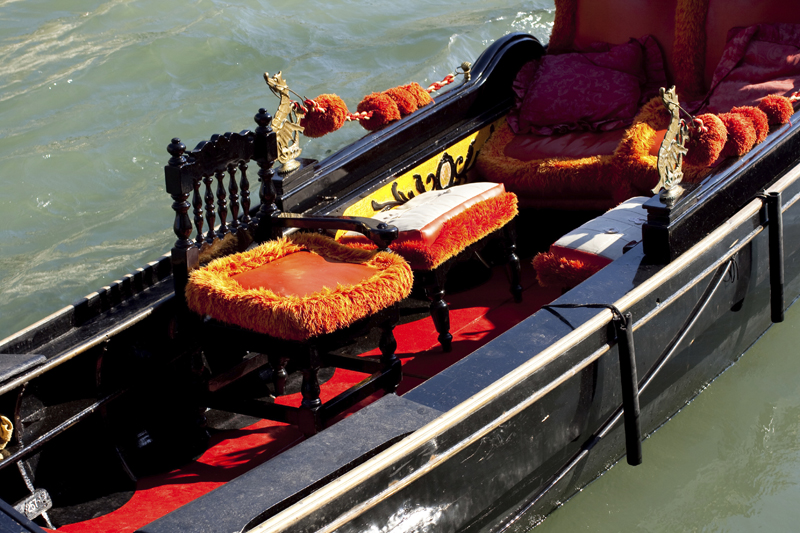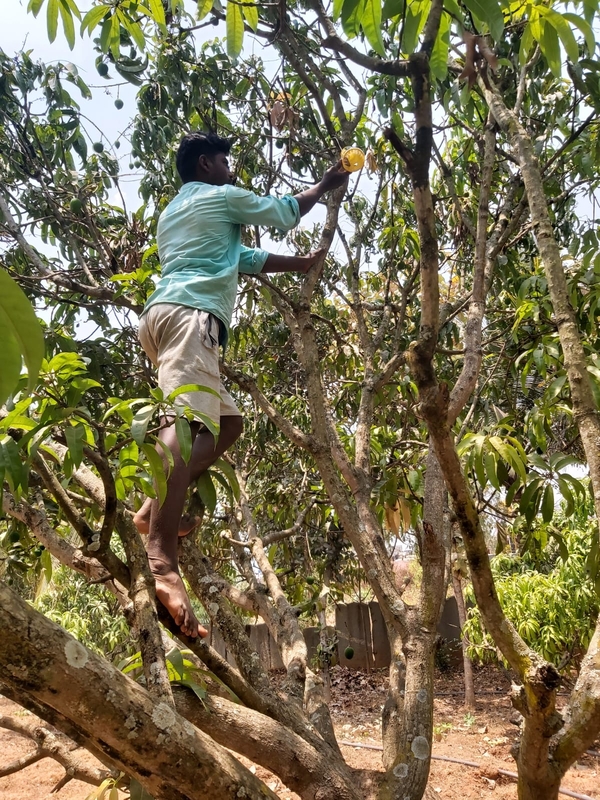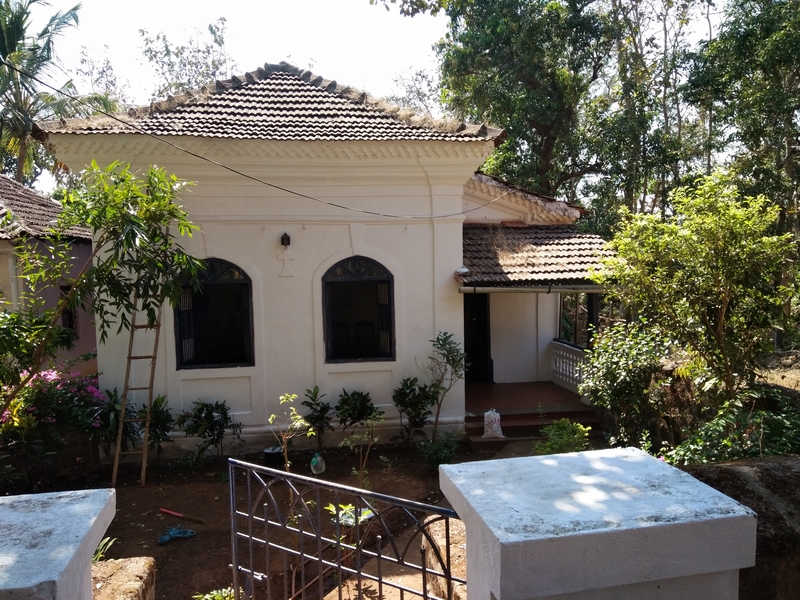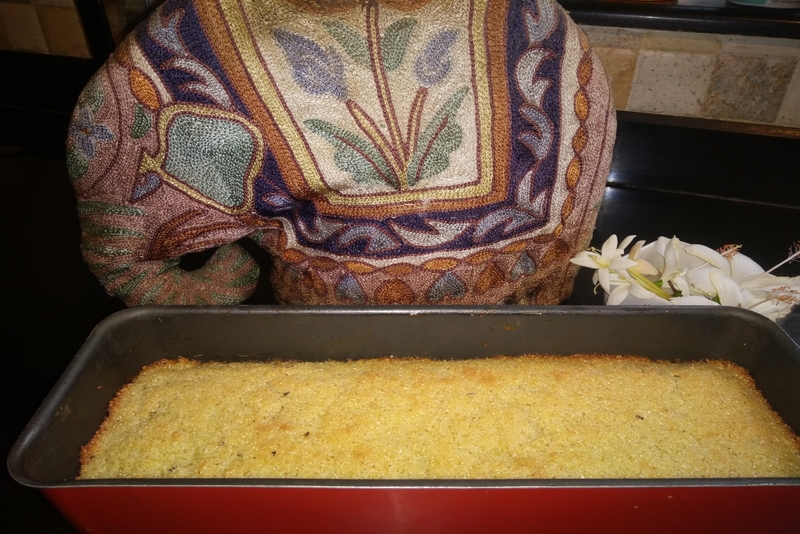Joslyn Art Museum, Nebraska

It was freezing cold, so we ran from the car into the museum. But I was keen we went and looked at the great collection of Western American art displayed in the Joslyn Museum in Omaha.
Joslyn Art Museum was built by Sarah Joslyn (1851–1940) in memory of her husband, George Joslyn (1848–1916). A truly extraordinary Art Deco building its construction took three years and cost almost $3 million. The three-level interior comprises some 38 marbles from around the world and includes stone from Italy, France, Germany, Belgium, and Morocco. The exterior and retaining wall alone filled 250 boxcars of a train with George Pink marble says info from the Museum brochure.
As we entered we were dazzled with a glass installation which stood tall up to the roof in a myriad of colours. Dale Chihuly's exuberant blown glass masterpiece, greets visitors as it towers snaking all over the 2nd floor balcony. With its amazing jagged contours and wisps of glass of all shapes, sizes, and colour the ornate blown glass installation, serves as an imposing, yet airy counterpoint to the heaviness of the Joslyn’s granite façade.
There are priceless art treasures to explore in just about every nook and cranny of the Joslyn. We spent time at the permanent collections, which start on the 2nd floor. through the East Foyer with its striking sculpture of the Sioux warrior shooting an antelope with his bow and arrow, and Grant Wood's Stone City, Iowa and The Hail Storm by Benton. I definitely liked the Stone City painting which is considered the most celebrated on that floor with its bold, graphic and energised landscape. It was painted during the Great Depression of the 30's where the comfort of a pastoral ideal was important to uplift the struggling nation.
Work your way towards the 19th century Impressionists at the end of the south wing of the Joslyn with Degas’ sublime Little Dancer Aged Fourteen bronze statuette in sight, you’ll pass through three galleries of 17th to 19th century works representing both American and European artists. There were a few pieces that captured my attention along the walls of these adjoining galleries the first time I visited the Joslyn, and their power is undiminished this second time around; Jean François-Pierre Peyron’s The Death of Socrates, Jean-Léon Gérôme’s The Grief of the Pasha, and Gustave Doré’s Mountain Landscape.
If cowboys and Indians are what you’re after, then you’ve come to the right place, partner. While the Joslyn hosts quite possibly the finest collection of Western art anywhere, with three galleries devoted to a collection of paintings, indigenous crafts, contemporary and historical artifacts, the real centerpiece of the Western art exhibition is the Maximilian-Bodmer Collection.
As a body of art and a priceless recording of the customs and traditional dress of tribes along the Missouri River, the collection is unparalleled. Two decades after Lewis and Clark, Prussian Prince Alexander Phillip Maximilian mounted an expedition to document the flora, fauna, and native tribes of North America. Accompanying him, along with a taxidermist, was Swiss-born painter Karl Bodmer. Bodmer’s task was no easy feat, but at journey’s end, he had produced 400 watercolors of everything from landscapes to animals to the native people’s themselves – 83 of which were painstakingly translated into aquatints, or etchings. In 1986, the Joslyn acquired not only Bodmer’s original watercolors, but Maximilian’s journals and notes documenting the entirety of the expedition, which lasted from 1832-1834.
Happily for us we were told that the Joslyn had a new addition to its Western American Art collection. The 1851 Henry Ritter (German, 1816–1853) The Prairie Fire. Born in Montreal to a German father and an English mother, Ritter grew up in London and Hamburg, where he began his artistic training. Beginning in 1836, he studied at the Düsseldorf Academy under Karl Sohn and Rudolf Jordan. Ritter’s abilities developed rapidly, and he became one of the leading genre painters in Germany.
Both dangerous and hypnotically enticing, prairie fires were a shared experience for many on the plains, impacting settlers, Indians and explorers alike. 'The Prairie Fire' depicts the desperate flight of a band of Native Americans from a fast-moving prairie fire.
Perpetuating the myth of the West were grand, dramatic landscapes by Albert Bierstadt (1830–1902), Thomas Hill (1829–1908), Thomas Moran (1837–1926), and Worthington Whittredge (1820–1910), artists who traveled West and created paintings that inspired a nation. The artists in this gallery helped to shape an idealized image of the western landscape as an untouched wilderness that has persisted to the present day.
The museum has on display the stupendous Maximilian Journals. Between 1832-34, the explorer and naturalist Prince Alexander Philipp Maximilian of Wied-Neuwied, Germany, embarked on a voyage into the American Interior. He was accompanied by the Swiss artist Karl Bodmer, Maximilian set forth from St. Louis in April 1833 on a 2,500 mile journey by steamship and keelboat up the Missouri River, traveling as far as Fort McKenzie, Montana. The watercolors that Bodmer produced on this journey remain one of the most perceptive and compelling visual accounts of the West ever created.
Meanwhile, his patron Maximilian was equally hard at work on a journal documenting his scientific and anthropologic observations. Few historical chronicles are as informative and eloquent, describing the topography, Native people, natural history, and the burgeoning fur trade of the High Plains. Thats where the dratted thing started I suppose! Today, Maximilian’s journals are a centerpiece of the Joslyn collection, accompanied by his collection of over 350 watercolors and drawings by Karl Bodmer.
The South Balcony has a collection of the Arts of Asia. The art is from over 29 countries including China, Japan, India, and Southeast Asia. Highlighting all aspects of life, from the household to religious devotion to the passage of the deceased into the next world, the works explore how various peoples conceived of life and death and the confluence of the two. The ferocious visage of a ceramic tomb guardian from the Tang Dynasty (618–983), placed to warn away malevolent invaders that would disturb the deceased in the afterlife, sits in marked contrast to the serene smile of a gilded Tibetan Bodhisattva from the nineteenth century, intended as a vessel to assist others on the journey towards enlightenment.
An elegant screen depicting a male peacock displaying his magnificent tail to his mate surrounded by peonies and cherry and magnolia blossoms by Nishiyama Hôen a Japanese artist from 1804-1867 is breath taking in its beauty especially of the beautiful peacocks tail.
What is interesting in the Joslyn is a chance encounter with the Matisse, Monet, or Rembrandt. You may not expect to see these artists in Omaha of all places, but don’t be surprised when you chance upon them. The Joslyn could be a voyage of discovery or perhaps even self-discovery within its spectacular granite walls.
Located at 2200 Dodge Street, Omaha, the Joslyn Art Museum is open every day all year-round, except Mondays and major holidays; Tuesday-Saturday from 10 a.m. to 4 p.m. and Sundays noon to 4 p.m. And best of all its for FREE!
Joslyn Art Museum was built by Sarah Joslyn (1851–1940) in memory of her husband, George Joslyn (1848–1916). A truly extraordinary Art Deco building its construction took three years and cost almost $3 million. The three-level interior comprises some 38 marbles from around the world and includes stone from Italy, France, Germany, Belgium, and Morocco. The exterior and retaining wall alone filled 250 boxcars of a train with George Pink marble says info from the Museum brochure.
As we entered we were dazzled with a glass installation which stood tall up to the roof in a myriad of colours. Dale Chihuly's exuberant blown glass masterpiece, greets visitors as it towers snaking all over the 2nd floor balcony. With its amazing jagged contours and wisps of glass of all shapes, sizes, and colour the ornate blown glass installation, serves as an imposing, yet airy counterpoint to the heaviness of the Joslyn’s granite façade.
There are priceless art treasures to explore in just about every nook and cranny of the Joslyn. We spent time at the permanent collections, which start on the 2nd floor. through the East Foyer with its striking sculpture of the Sioux warrior shooting an antelope with his bow and arrow, and Grant Wood's Stone City, Iowa and The Hail Storm by Benton. I definitely liked the Stone City painting which is considered the most celebrated on that floor with its bold, graphic and energised landscape. It was painted during the Great Depression of the 30's where the comfort of a pastoral ideal was important to uplift the struggling nation.
Work your way towards the 19th century Impressionists at the end of the south wing of the Joslyn with Degas’ sublime Little Dancer Aged Fourteen bronze statuette in sight, you’ll pass through three galleries of 17th to 19th century works representing both American and European artists. There were a few pieces that captured my attention along the walls of these adjoining galleries the first time I visited the Joslyn, and their power is undiminished this second time around; Jean François-Pierre Peyron’s The Death of Socrates, Jean-Léon Gérôme’s The Grief of the Pasha, and Gustave Doré’s Mountain Landscape.
If cowboys and Indians are what you’re after, then you’ve come to the right place, partner. While the Joslyn hosts quite possibly the finest collection of Western art anywhere, with three galleries devoted to a collection of paintings, indigenous crafts, contemporary and historical artifacts, the real centerpiece of the Western art exhibition is the Maximilian-Bodmer Collection.
As a body of art and a priceless recording of the customs and traditional dress of tribes along the Missouri River, the collection is unparalleled. Two decades after Lewis and Clark, Prussian Prince Alexander Phillip Maximilian mounted an expedition to document the flora, fauna, and native tribes of North America. Accompanying him, along with a taxidermist, was Swiss-born painter Karl Bodmer. Bodmer’s task was no easy feat, but at journey’s end, he had produced 400 watercolors of everything from landscapes to animals to the native people’s themselves – 83 of which were painstakingly translated into aquatints, or etchings. In 1986, the Joslyn acquired not only Bodmer’s original watercolors, but Maximilian’s journals and notes documenting the entirety of the expedition, which lasted from 1832-1834.
Happily for us we were told that the Joslyn had a new addition to its Western American Art collection. The 1851 Henry Ritter (German, 1816–1853) The Prairie Fire. Born in Montreal to a German father and an English mother, Ritter grew up in London and Hamburg, where he began his artistic training. Beginning in 1836, he studied at the Düsseldorf Academy under Karl Sohn and Rudolf Jordan. Ritter’s abilities developed rapidly, and he became one of the leading genre painters in Germany.
Both dangerous and hypnotically enticing, prairie fires were a shared experience for many on the plains, impacting settlers, Indians and explorers alike. 'The Prairie Fire' depicts the desperate flight of a band of Native Americans from a fast-moving prairie fire.
Perpetuating the myth of the West were grand, dramatic landscapes by Albert Bierstadt (1830–1902), Thomas Hill (1829–1908), Thomas Moran (1837–1926), and Worthington Whittredge (1820–1910), artists who traveled West and created paintings that inspired a nation. The artists in this gallery helped to shape an idealized image of the western landscape as an untouched wilderness that has persisted to the present day.
The museum has on display the stupendous Maximilian Journals. Between 1832-34, the explorer and naturalist Prince Alexander Philipp Maximilian of Wied-Neuwied, Germany, embarked on a voyage into the American Interior. He was accompanied by the Swiss artist Karl Bodmer, Maximilian set forth from St. Louis in April 1833 on a 2,500 mile journey by steamship and keelboat up the Missouri River, traveling as far as Fort McKenzie, Montana. The watercolors that Bodmer produced on this journey remain one of the most perceptive and compelling visual accounts of the West ever created.
Meanwhile, his patron Maximilian was equally hard at work on a journal documenting his scientific and anthropologic observations. Few historical chronicles are as informative and eloquent, describing the topography, Native people, natural history, and the burgeoning fur trade of the High Plains. Thats where the dratted thing started I suppose! Today, Maximilian’s journals are a centerpiece of the Joslyn collection, accompanied by his collection of over 350 watercolors and drawings by Karl Bodmer.
The South Balcony has a collection of the Arts of Asia. The art is from over 29 countries including China, Japan, India, and Southeast Asia. Highlighting all aspects of life, from the household to religious devotion to the passage of the deceased into the next world, the works explore how various peoples conceived of life and death and the confluence of the two. The ferocious visage of a ceramic tomb guardian from the Tang Dynasty (618–983), placed to warn away malevolent invaders that would disturb the deceased in the afterlife, sits in marked contrast to the serene smile of a gilded Tibetan Bodhisattva from the nineteenth century, intended as a vessel to assist others on the journey towards enlightenment.
An elegant screen depicting a male peacock displaying his magnificent tail to his mate surrounded by peonies and cherry and magnolia blossoms by Nishiyama Hôen a Japanese artist from 1804-1867 is breath taking in its beauty especially of the beautiful peacocks tail.
What is interesting in the Joslyn is a chance encounter with the Matisse, Monet, or Rembrandt. You may not expect to see these artists in Omaha of all places, but don’t be surprised when you chance upon them. The Joslyn could be a voyage of discovery or perhaps even self-discovery within its spectacular granite walls.
Located at 2200 Dodge Street, Omaha, the Joslyn Art Museum is open every day all year-round, except Mondays and major holidays; Tuesday-Saturday from 10 a.m. to 4 p.m. and Sundays noon to 4 p.m. And best of all its for FREE!

Related Articles
Editor's Picks Articles
Top Ten Articles
Previous Features
Site Map
Content copyright © 2023 by Marianne de Nazareth. All rights reserved.
This content was written by Marianne de Nazareth. If you wish to use this content in any manner, you need written permission. Contact Marianne de Nazareth for details.





 -resizeimage.jpg.jpg)

